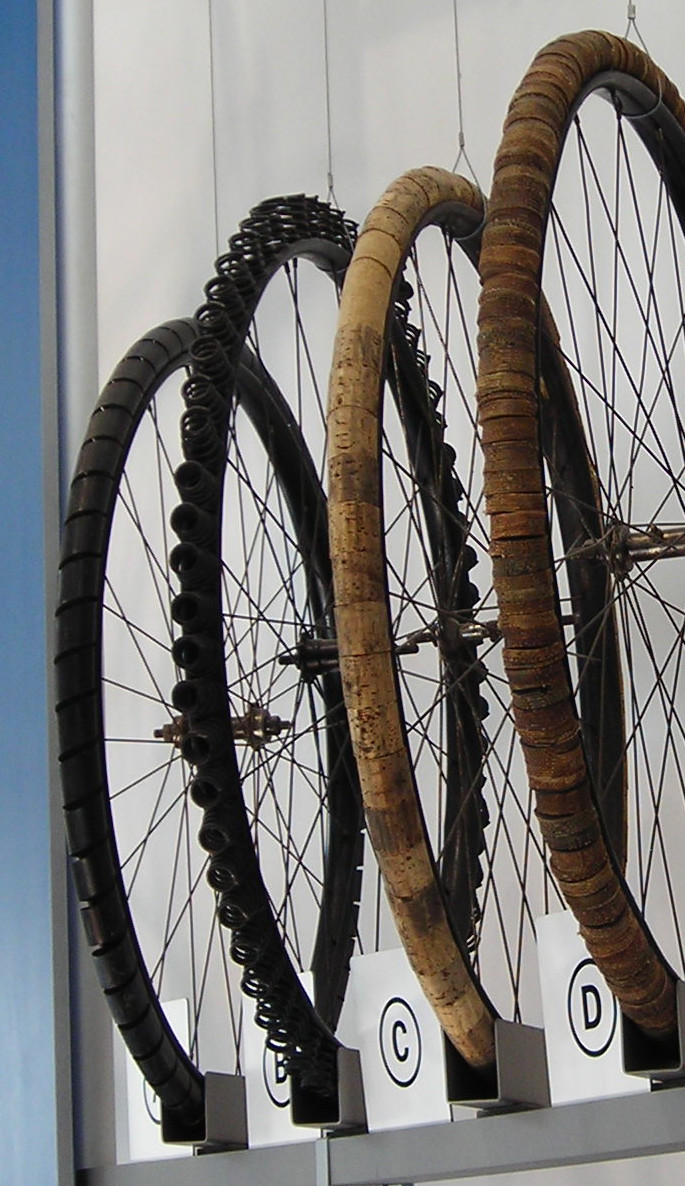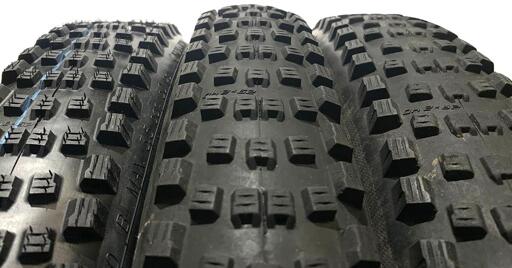- cross-posted to:
- bicycles@lemmy.ca
- cross-posted to:
- bicycles@lemmy.ca
Look, it’s obviously good to have knowledge like this, but I am not worried about the mountain bikers out trying to get some exercise while having fun.
We can address this issue later when we detach from fossil fuels as our main power source.
Emissions from burning fossil fuels that poison our air is a completely different issue than microplastics that poison our water, soil and everything that comes from that. Two separate issues that need to be addressed at the same time.
Where … Where do you think plastics come from?
Yeah, I’m only worried about the environment when it’s somebody else’s problem.
So, 1/3 the production rate per tire compared to a car over 100km. Not to mention half the number of tires. I wonder how much of that is due to the weight difference alone.
Has anyone ever made tires out of something that isn’t plastic? Looks like NASA has. Nickel-titanium alloy flexible mesh. No popping and lasts the lifetime of a bike. Doesn’t look like the company has a mountain-bike version yet.
So, 1/3 the production rate per tire compared to a car over 100km. Not to mention half the number of tires. I wonder how much of that is due to the weight difference alone.
It actually appears to be per bike per 100km. I find that quite surprising given it’s half the number of tyres, there’s substantially less initial volume per tyre than a car’s and, as you say, there’s a lot less weight on them.
Given their focus on MTBs, I wonder if it’s related to the type of terrain being ridden (higher incidence of gravel/sharp rocks than your average road) or different tyre compounds between the two vehicle types.
I would bet on different rubber being the culprit. My downhill and trail tires are super soft in order to grab the rocks and roots better. They wear out quicker than road tires because of this. Still takes a few years in with me riding every day but it’s noticeably faster than the roadies.
The problem is that it lasts the lifetime of the bike
@Fingolfinz @anindefinitearticle and only replaces the tubes, it still needs to be retread at some interval. So ‘lasts the life of the bike’ is a bit misleading…?
(Just going by the linked article)
Thank you for the clarification, I’m definitely not qualified to make any claims on it
Oh! My bad. It replaces the innertube for the live of the bicycle. I misread the claim. Thanks for clarifying.
How is that a problem? Doesn’t that significantly reduce waste?
I guess it went over your head. I’m saying that a company won’t make it because capitalism rules everything so since this is something that would be helpful for the consumer, it’s bad for capitalism.
Reduces waste and profit, that is a no-no.
Think of the poor shareholders!
Has anyone ever made tires out of something that isn’t plastic?
The Germans, of course.

Oh wow thanks that is super interesting!
I have been wondering if you could do something like that with carbon fiber (using carbon fiber as springs) after once seeing a bicycle wheel with spokes that was made using carbon fiber wrapping. Which is a process that can be / has to be automated. If you could create the entire wheel including the tire through carbon fiber wrapping it could become really cheap and worth the downsides. This could be done by a machine that isn’t much more complex than a 3D printer, plus a special 3D printed mandrel to build this tire on. Basically they just seem to be large loops the size of the tire that provide the springiness plus a mesh that holds it together with a rubber tread on top.
PS: Not sure if that “superelastic shape memory alloy” is fundamentally different from normal springs or if that is just marketing speak, or the need to function without maintenance or replacement in space.
PPS: Apparently it is vastly different from my idea.
These shape memory alloys are capable of undergoing significant reversible strain (up to 10%), enabling the tire to withstand an order of magnitude more deformation than other non-pneumatic tires before undergoing permanent deformation. Commonly used elastic-plastic materials (e.g. spring steels, composites, etc.) can only be subjected to strains on the order of ~ 0.3-0.5% before yielding.






